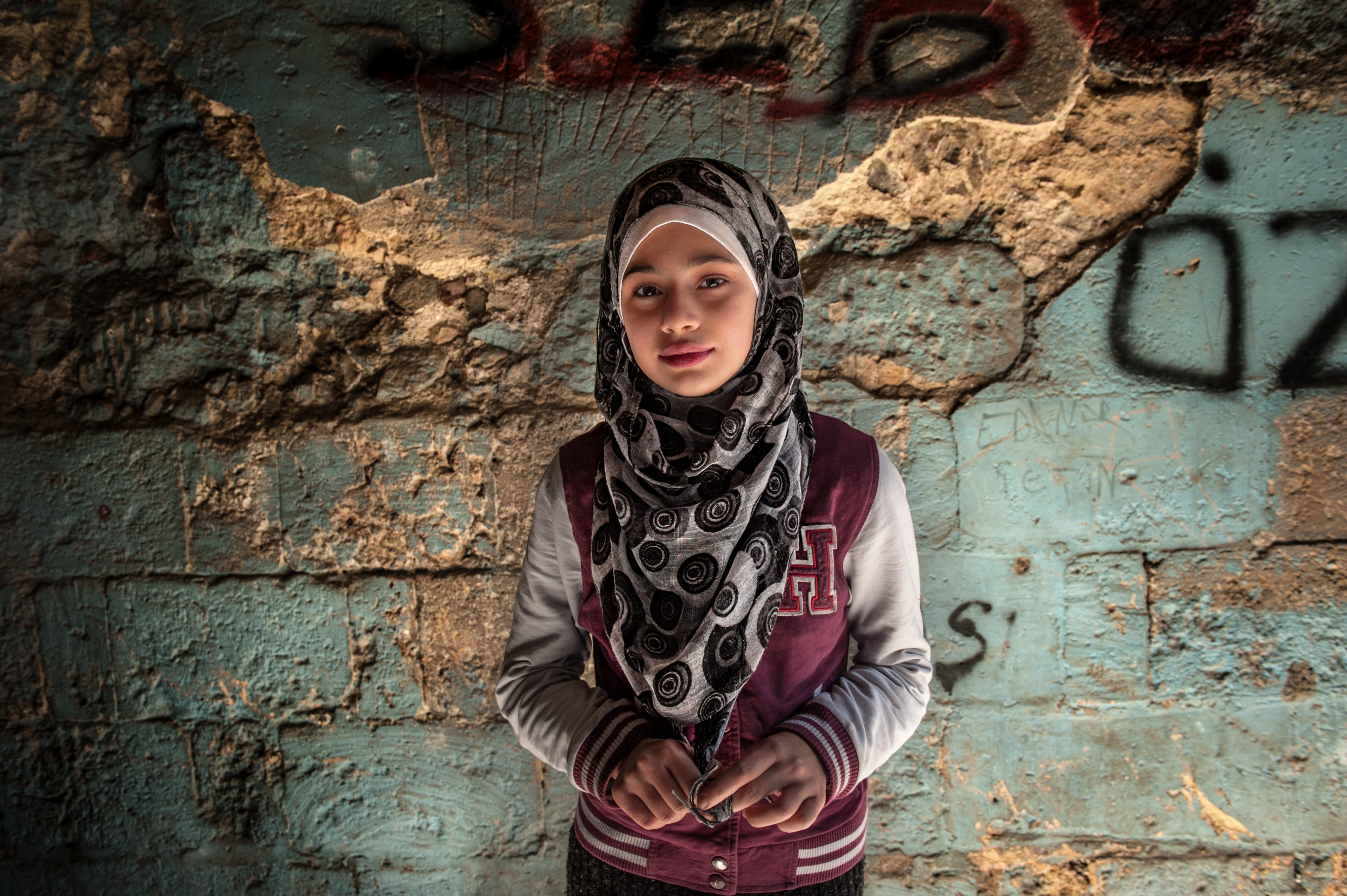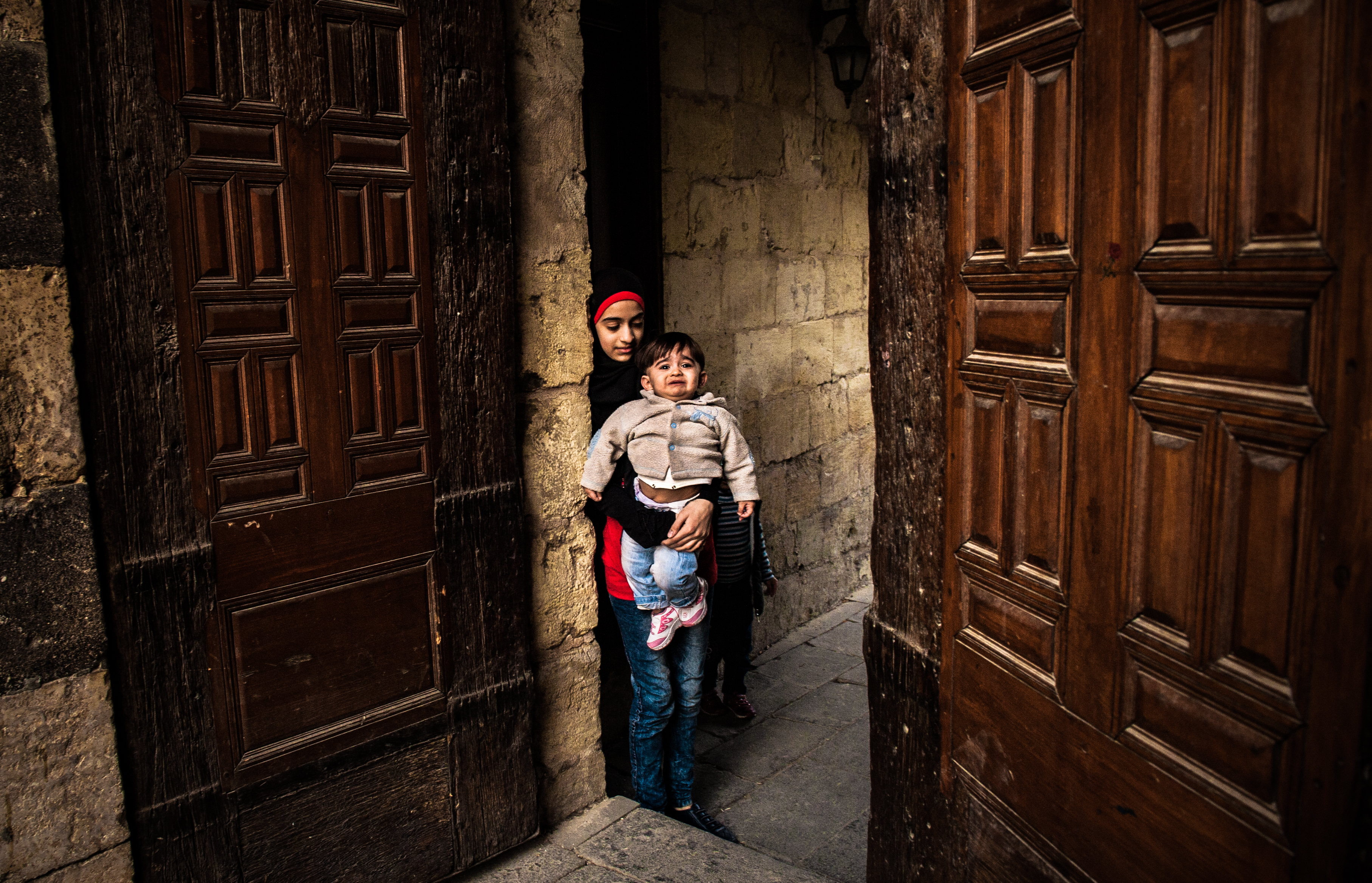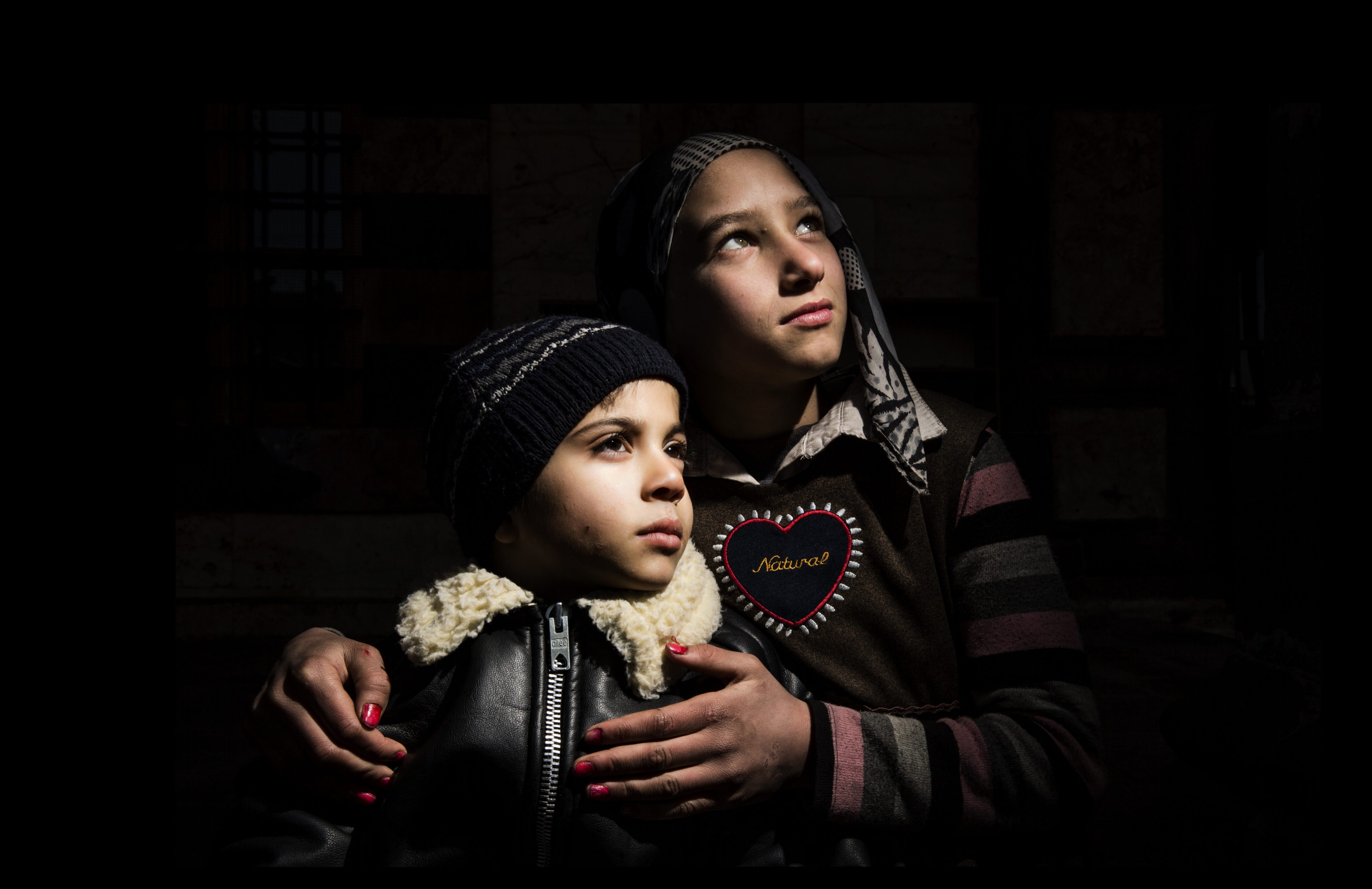
Refugees and Forced Displacement
There are currently 68.5 million people who have been forcibly displaced worldwide, this number includes 25.4 million refugees, 40 million internally displaced people, and 3.1 million asylum-seekers. The number of refugees has increased 63% since 2008. In 2017, 16.2 million people were newly displaced. The length of displacement has also increased, with refugees displaced for an average of 26 years.
While many developed countries have refugee resettlement programs, 85% of refugees are still hosted in developing countries. There have been massive increases in forced displacement in the past two years in or from the DRC, Ethiopia, Myanmar, South Sudan, Syria, and Venezuela.

Global Refugee Compact
Recognizing the sharp increase in refugee flows worldwide and the need for more comprehensive international action to address them, the United Nations held a Summit on the topic in 2016. All 193 member states adopted the “New York Declaration” on Refugees and Migrants at the Summit, committing themselves to working together to protect the rights of refugees, supporting countries hosting large numbers of them, assisting refugees in becoming more self-reliant and facilitating a comprehensive refugee response, including through resettlement to third countries.
The Declaration also called for the development of a Global Compact on Refugees in 2018 to outline more specifically how these goals would be reached. The U.S. government was directly involved in discussions shaping the Compact drafts and InterAction members provided thinking on its components based on their frontline experience assisting refugees. On December 17, 2018 the UN General Assembly affirmed the compact, setting a road-map for greater global action on and responsibility for meeting the needs of refugees globally, including on the U.S.’ part. The U.S.’s continued endorsement of the compact sends a strong message of support to low-and middle-income refugee-hosting countries that host 85% of the world’s refugees.

Issues for Incoming Congress
DETENTION OF ASYLUM SEEKERS
The United States has witnessed a 569% increase in asylum seekers over the course of the past decade, largely stemming from violence and persecution in Central America. Unfortunately, instead of addressing this crisis in a way that respects the legal status and rights of asylum seekers, the United States has taken to detaining and prosecuting asylum seekers, including an extended period of separating children from families. In June 2018, 92 InterAction member CEOs signed a letter to Congress urging immediate and decisive action to end this policy. The trauma caused to children and families seeking refuge in our nation by these policies will have ramifications for generations to come.
REFUGEE RESETTLEMENT
Resettlement of refugees into a third country is often a necessary humanitarian intervention for particularly vulnerable people. The United States has long been the global leader in resettlement of refugees, having resettled roughly 3 million refugees since 1980. However, despite the increasing number of refugees worldwide, the number of refugees admitted into the United States has dropped dramatically in the past two years. The stated reason is the need for increased screening for terrorists, despite the fact that the U.S. refugee admissions process already includes thorough security screening, and that no one admitted to the United States through the current refugee admissions program has ever killed an American in an act of terrorism. To maintain the U.S.’ proud history of providing asylum to the most vulnerable refugees and to show solidarity to countries hosting large number of refugees, it is recommended that the U.S. renew and prioritize safe and responsible efforts to resettle vulnerable people.
Resources for Congressional Staff
Forced Displacement blog. The World Bank. A blog maintained by the World Bank where subject matter experts weigh in on issues and developments pertaining to forced displacement.
Global Report on Internal Displacement 2018. International Displacement Monitoring Centre, 2018. Annual report of figures and trends driving forced displacement in the past year.
Global Trends: Forced Displacement in 2017. UNHCR, 2018. Annual update of global figures and analysis of forced displacement.
Solutions with Rights: Pursuing a framework that offers expanded solutions for refugees while respecting their human rights. InterAction Policy paper highlighting essential elements for the inclusion in the Global Compact on Refugees.